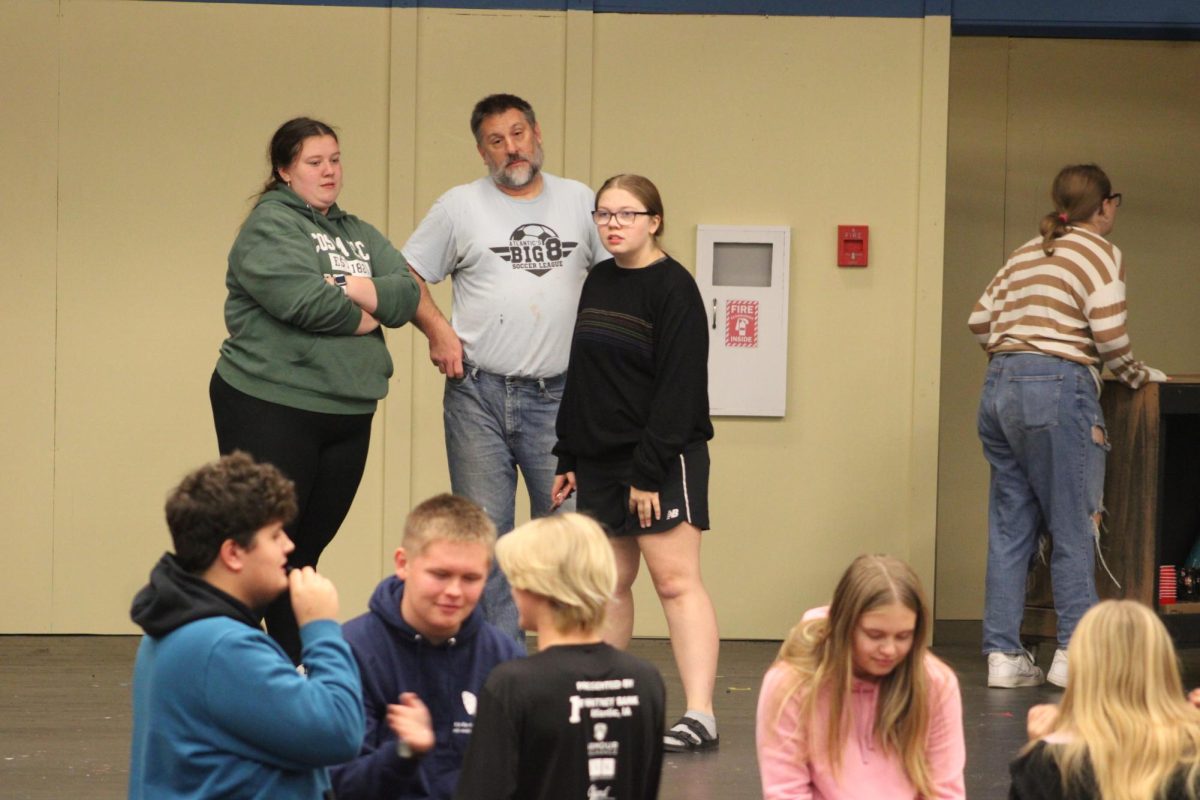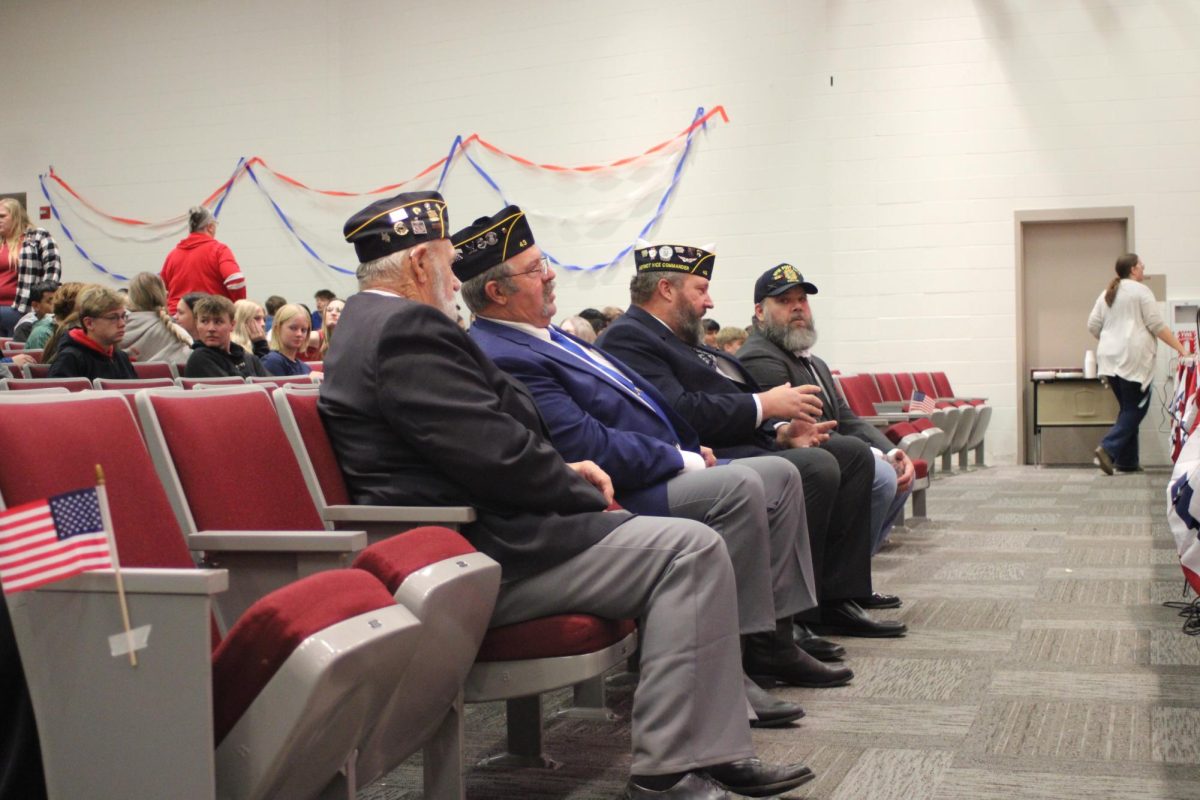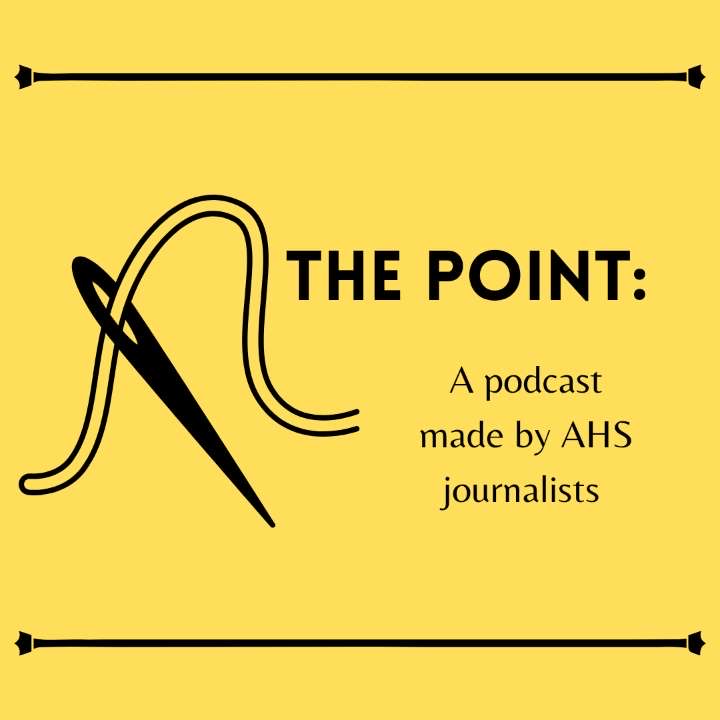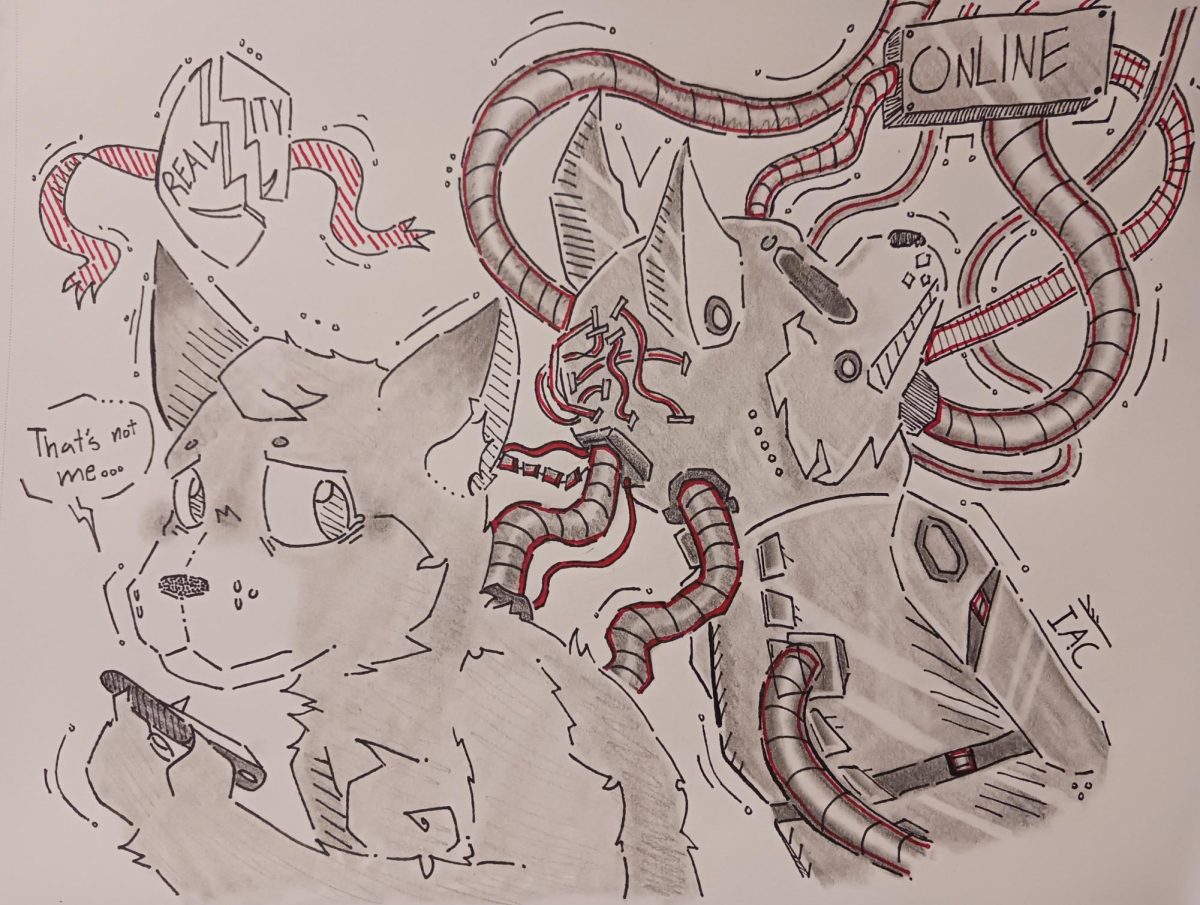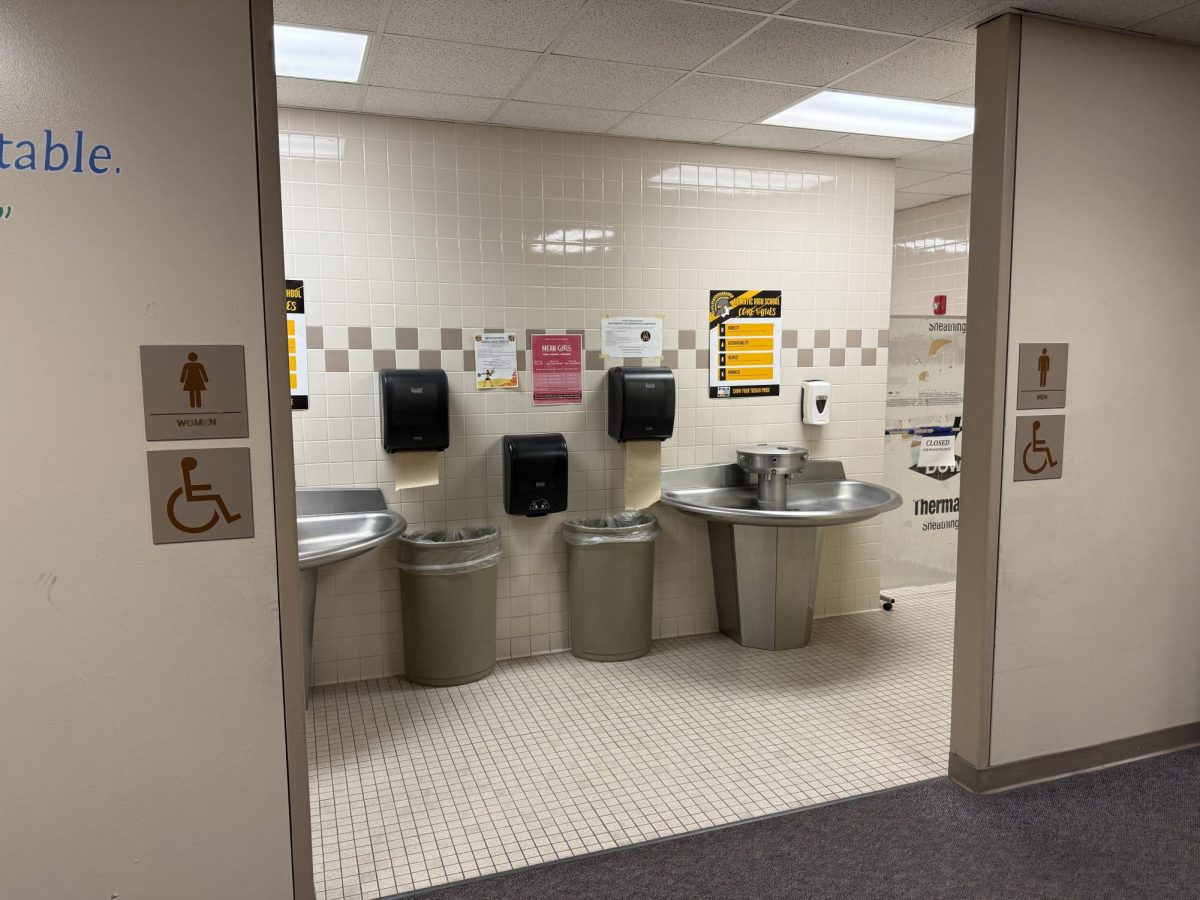Injuries across AHS
Students and teachers discuss injuries they’ve had while in sports
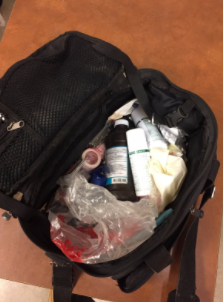
December 12, 2016
Injuries are some of the hardest times of an athlete’s career. Sports injuries are very common in high school sports. More and more high school athletes are getting injured while playing sports. There are 2 million injuries, 500,000 doctor visits, and 30,000 hospitalizations each year caused by high school athletics in the United States.
Atlantic High School has had many students that have had sports injuries. There has been a variety of injuries going from minor sprains to major breaking of bones. Some have required surgery and some have not.
Sophomore Sam Granner collapsed his right lung last year during a boys freshmen basketball morning practice. Granner was in the hospital for 13 days, had surgery to repair his lung 8 days into his stay, and his experience was “amazing.” The doctors said that the cause of the injury was just spontaneous and is very likely to happen in tall skinny boys. Granner said the hardest part about the injury was “breathing.” Since he couldn’t breathe, Granner said, “I thought I was going to die, I found out later that there was only a 15% chance.”
Sophomore Alexis Derby experienced a very common injury while running. Derby had shin splints for the majority of the 2016 cross country season. Derby treated the injury by herself by icing and using icy hot when she had to run. Her shin splints were caused by lack of stretching. Derby said, “I was happy because then I didn’t have to run cross country.”
Atlantic High School teacher and coach Ryan Henderson had many athletic injuries when he was in school. His worst injury was a compound fracture in 7th grade basketball. Henderson said, “I was going up for a layup and my friend undercut my legs at the YMCA. I passed out as soon as I saw my arm.” Henderson landed on his left forearm and his bone broke out of his forearm in two spots. His hospital visit was “great.” His visit lasted two days, and Henderson enjoyed the ice cream and jello. His surgery consisted of two metal plates, 12 screws, and eventually a sling for his arm. He said the hardest part about his injury was sitting out at basketball practice and not being able to shoot and dribble with his left arm.
Senior Carter Cox was wrestling for a state championship in 2016 when his opponent stepped on his ankle and broke it. Cox finished the match while fighting through the pain. He wasn’t scared but it hurt a lot. After the match, Cox had surgery to repair his ankle and then had to do physical therapy. Cox said, “The hospital was funny because I was pretty drugged up.”
Athletic Trainers are healthcare professionals who collaborate with physicians to provide services and rehabilitation to injuries and medical conditions. Atlantic High School is lucky to have their own Athletic Trainer. Andy Niemann is Atlantic High School’s Athletic Trainer. He helps Atlantic students when they get hurt. Niemann evaluates injuries and then determines the necessary treatment. Niemann said, “I’m there to help minor injuries and follow up with their reevaluation.” Ankle sprains and general muscle injuries are the most common injuries that he deals with. Niemann uses the SCAT3 method when evaluating athletes for concussions. The test is very comprehensive and he looks for dizziness, nausea, loss of conscience, headaches, and a couple other signs. Niemann said strength and conditioning is a big part of avoiding injury and also using proper technique during sports is important.
Coaches at AHS need to know the basics of injuries as well in order to be a coach. Coaches in Iowa need to be certified in a First Aid Health and Safety course to be a coach in Iowa. Track and cross country coach Paul Iekel sees a lot of injuries during his coaching. The most common are overuse injuries like shin splints and sore muscles. If he thinks a runner is injured, Iekel talks with the participant and usually decides to put less pressure on them. The elliptical and bike are usually used to help athletes get over injuries.
Iekel said, “The best way to prevent injuries is good stretching and getting your body into shape during the offseason.” Iekel said the best way to recover is some form of icing. He also experiences times where athletes hide injuries from him and also athletes that might fake an injury. “I just have to trust them and take their word. If they say they are injured then I have to take their word for it,” Iekel said.
Injuries during athletics are a tragedy, especially during high school. With the proper help and rehabilitation you can heal your injury as quickly as possible. The coaches and trainer at AHS will do everything possible for you to stay healthy and to heal as quickly as possible so you can be playing your sport as soon as possible.


